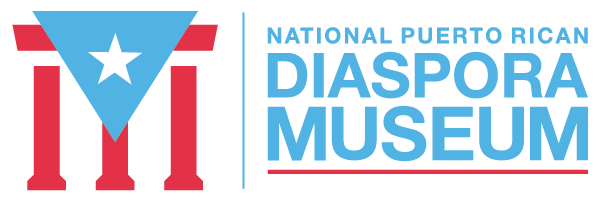Luis Caban

I feel strongly that the National Puerto Rican Diaspora Museum comes at a critical time in the development and empowerment of our community. Exhibiting the triumphs and challenges of those seeking a better life will serve to bring cohesion to our community. It will serve as a foundational institution to provide history and project possibility.
Luis Cabán
Chairperson
Luis Cabán, born in Mayagüez, PR, dedicated almost the entirety of his 43-year career working for the betterment of the Puerto Rican community in the United States. His advocacy work encompassed both political empowerment and housing and community development. Luis began his career in the South Bronx, where he was raised. In the late 1960s he volunteered with the Association of Hispanic Arts. He later joined the board of the Bronx Museum of the Arts where he learned the importance of art in society. Luis feels strongly that the National Puerto Rican Diaspora Museum comes at a critical time in the development and empowerment of our community. Exhibiting the triumphs and challenges of those seeking a better life will serve to bring cohesion to our community. It will serve as a foundational institution to provide history and project possibility.
Luis directed the Training & Technical Assistance Unit of the South Bronx Community Corporation leading the effort to inventory all the real estate in Community Planning District #1. Bronx Borough President Robert Abrams appointed Luis to Community Planning Board #1 where he learned the politics of housing and community development. He moved on to Washington, DC to work on providing training and technical assistance to Puerto Rican organizations across the country on how to secure federal housing and community development dollars. His national advocacy work led to testifying before the United States Congress urging that funding be appropriated for homeownership opportunity.
Working with Boricua community leaders nationwide gave Luis a new and unique perspective. He found that outside of New York city, Puerto Ricans lacked the political clout requisite to develop needed housing. Motivated by this deficiency of power Luis moved on to lead a regional civic/political engagement project focusing in six northeastern states having heavy concentrations of Puerto Ricans. He later joined the United States Hispanic Leadership Institute (USHLI) where he organized and funded local voter registration campaigns in 18 states registering over two million new voters. Luis trained dozens of local leaders on how to run for public office and how to manage political campaigns. He again testified before the US Congress on the reauthorization of the Voting Rights Act and specifically its language (Spanish) provisions.
Luis considers two of his most rewarding accomplishments to be: Organizing and conducting, ¡Boricua First!, a national conference held in Washington, DC bringing together over 440 Boricuas from over 20 states and as far away as Hawaii to deliberate on the “invisibility” of our community; and Leading the effort to place on the campus of the Learning Corridor in Hartford, “El Monumento a la Familia Puertorriqueña,” sculpted by famous Puerto Rican artist and educator, José Buscaglia-Guillermety.
The placement of El Monumento in a public space has brought much pride to Boricuas in Hartford and Connecticut. Art has a way of bringing cohesiveness to society for it portrays history with which one can identify.
